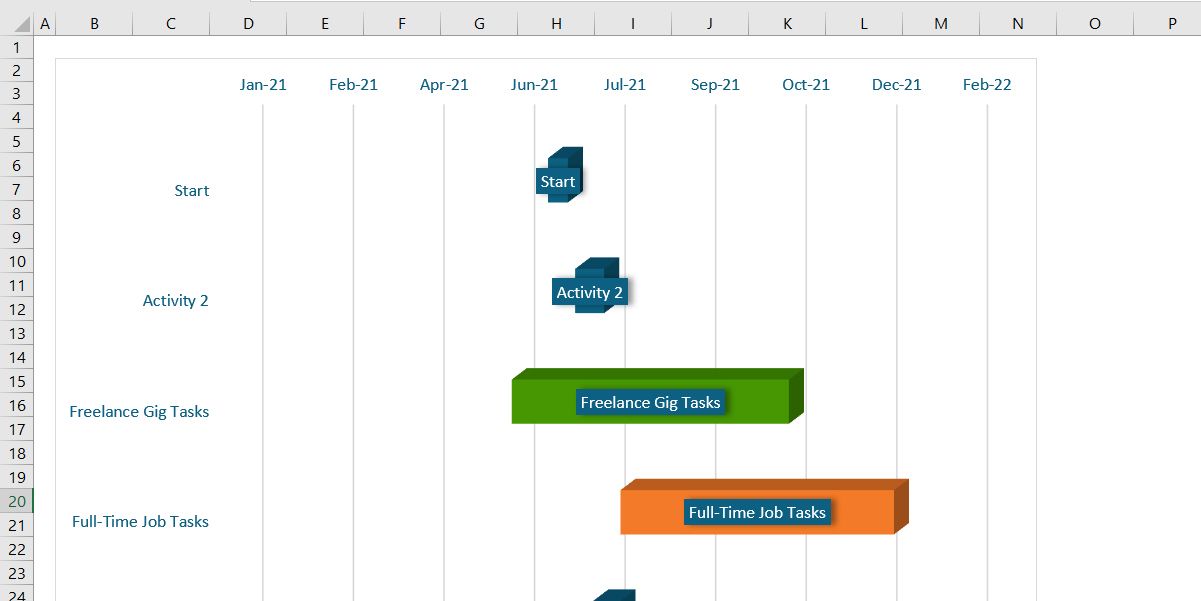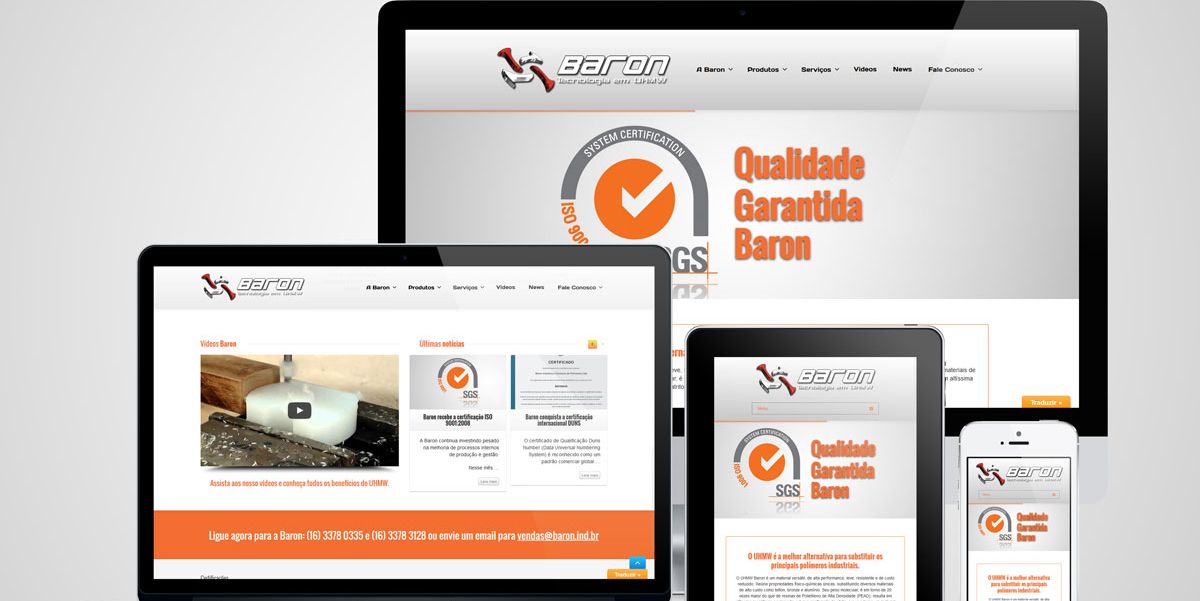Working on freelancing gigs while having a full-time job can often be overwhelming. If you fail to manage your time efficiently, your work-life balance will drastically suffer.
Despite the challenge of balancing both jobs, you can achieve this with the right set of plans. Use these tips to help you balance your full-time job and freelancing work.
1. Avoid Working on Overlapping Hours
You’ll be making a mistake if you choose to work on your permanent job and freelancing tasks on overlapping hours. Setting a boundary between the two worlds is always the key to balancing. You’re committed to the employer of your permanent job to perform your best.
Doing some freelancing work during office hours will result in lower quality work on both sides. Instead, you may utilize the lunch and other breaks in the office to unwind and refresh. It will give you the energy to work on freelance projects.
2. Don’t Overlook the Full-Time Work
As passionate as you are about your freelance work, remember to keep your employment commitment. Your office duties include turning in work on time, finishing tasks before deadlines, contributing ideas in meetings, and working with enthusiasm.
Make sure you get proper rest at night and come to work in an energetic mood. Don’t talk about your freelance projects with your office colleagues during breaks and office time.
3. Use Different Set of Tools and Devices
One of the best ways to keep the worlds apart is to use a different set of applications and devices for your full-time job and freelancing job. You'll need separate tools or apps for project management, time management, work schedule, virtual meeting, and real-time communication. If attainable, use different devices for freelance work and full-time jobs.
Using the office laptop for freelancing is not recommended at all. If you can’t afford to use a separate device for freelance work, use different browsers, browser profiles, and user accounts on the same computer.
4. Say No Whenever Necessary
Some freelance projects may simply not work out due to reasons like time constraints, advanced design skills, high-end devices, etc. Don’t take a freelance project just because you got it. Never hesitate to say no if you know the gig is not going to work.
It’s okay to say no even to the perfect freelance project if you can’t fit it into your schedule. You may pass it on to some other freelancer you know. So, you can retain a good relationship with the client and fellow freelancers.
5. Try Freelancing With Partners
Working as a freelancer means doing all the administrative and accounting tasks by yourself. It can even leave you with little time to work on the actual project. However, you can easily split these responsibilities by partnering with a qualified freelancer.
Choose someone trustworthy to work with you on freelancing projects and share the administrative tasks. You two can have different fortes and still work together as a team. If you two can work at opposite times of the day, that’ll be an added advantage.
6. Focus on Your End Goal
If you’re joining the freelance business when you already have a full-time job, you must have an idea about your future goals. Make a proper plan so that you can be in a better position to accomplish your goals. Use free or paid goals tracking apps like Strides and Habitica to keep your life goals on track.
While developing your plan, ask yourself the following questions:
- What is your long-term vision for the freelance gig?
- Do you want to focus on the freelance business full-time?
- By how many years would you like to run a full-time freelance business?
- What are the expansion opportunities for your freelance venture?
7. Go Slow at the Start
Time management is the most crucial matter to balance your life between a permanent and freelancing job. Hence, you should only take on the number of freelance projects you can handle while still performing best in your full-time role.
Especially in the beginning, always adopt the policy of going slow with the freelance gigs and working with limited clientele.
If you think you can handle more projects without hampering the quality of full-time work, increase the number gradually. Thus, you’ll be able to build a strong portfolio of happy clients.
8. Set Clear Client Expectations
By hiring you, your freelance client trusts you to deliver the best work. Therefore, before working on a freelance project, you need to confirm that you and the client are on the same page about the project deliverables. It’s good to use online contract-creating apps like AND.CO and Bonsai to keep things documented.
Always communicate with the client during the project time and offer them regular updates on the progress. Hence, you will know that you're heading in the right direction and that your current project aligns with the client's expectations. Moreover, this will save you from reworking the project and doing multiple revisions.
9. Never Wait for the Deadline
If you have the habit of procrastinating and leaving things for the last minute, get rid of them. Never leave a task for the deadline except for some seriously unavoidable circumstances. When you're working as a freelancer, taking the risk of missing a deadline is not a good idea.
Anything urgent can come up in your full-time job that will hinder your freelance gig. To avoid such situations, complete your projects well ahead of time. Keep deadlines in check by using apps like SimpleMind and Remember the Milk etc. Meeting deadlines will help you to get positive reviews from your clients.
10. Be Disciplined and Efficient
Working on freelancing projects on top of a full-time job can be exhausting. Once you have decided to work both side-by-side, become habituated to work in a disciplined and efficient way. Plan thoroughly and ahead of time to keep track of client expectations, the scope of work, gig progress, deadlines, etc.
To administer the complicated freelance works while managing a full-time job, you have to be efficient with your time. It'd help if you use automated time management apps like Toggl Track and RescueTime, to stay disciplined.
Avoid Burnout by Balancing the Permanent and Freelancing Jobs
By following the above tips, you can maintain a freelance side business while working full-time. Take planned breaks at specific intervals to keep your mind charged and relaxed if you feel burnt out.
You can make sure your freelance work is up to par with AI-powered apps that handle freelance business management.







